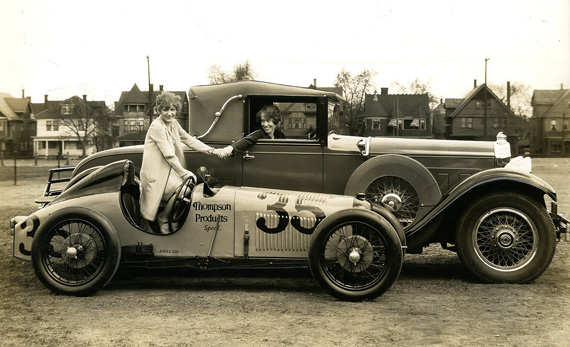
Vintage Motorphoto’s Dale LaFollette recently found this remarkable, captivating photo of the Indy Delage. Click to enlarge.
All photos in this reveiw are from the book “Amilcar”
Book Review:
Amilcar by Gilles Fournier, Translated by David Burgess-Wise
Dalton Watson, 2006
300 pages 84 page French supplement
500 black and white photos, diagrams, and advertisements
Two volumes, hardbound with dust jackets and slip case
Review by Pete Vack
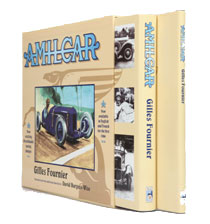
“Once an Amilcar, always an Amilcar!” declared Gilles Fournier, the author of the only serious book on the subject. Amilcar—its name reputedly an anagram of founders Emile Akar and Joseph Lamay–was a small displacement “cyclecar” built in France between the wars that according to Stan Grayson in Automobile Quarterly “…possessed undeniable charm and a healthy dose of that intangible quality that makes some cars stand out.”
Constructed in the suburbs of Paris, the Amilcar “…was perfectly attuned to a fabulous era and city, a time and place immortalized by Ernest Hemmingway,” wrote Grayson. Called the “poor man’s Bugatti”, the new French light car also was probably the car in which American dancer Isadora Duncan met her death by strangulation, though many believed it to be a Bugatti.
But thinking that the Amilcar was just another European light car of the era would be misleading, for it was also one of the most important contenders in the 1100cc voiturette classes with a delightful supercharged DOHC engine. By the late 1920s Amilcar was producing the CS8, a 2.3 liter SOHC straight eight luxury sedan, sharing nothing with the tiny CCs that made the name. It was, of course, the wrong car at the wrong time. After being bought by Hotchkiss, the firm’s last car, the 1939 Compound, was an aluminum framed front wheel drive sedan, “probably the most advanced creation to come out of France since Andre Citroen’s TA” said Lord Montagu. The irrepressible J.A. Gregoire, late of Tracta and before Panhard, was responsible for the design but only about 1000 were made before WWII ended both the production run and the brand itself.
Ironically, the lightweight Amilcars…the CC, CS, CGSS, had the charm but not the power. The larger sedan Amilcar cars, the J, K and G series of the late twenties had more power but lacked the charm. But the immortal C6 customer and factory six cylinder DOHC race cars had both power and oozed the charisma of the earlier light cars.
It was a C6 MCO with a 1270cc supercharged engine that was raced at Indianapolis in 1929. It was, said factory driver Jules Moriceau, simply “a demonstration. That is the aim of my journey.” The car didn’t finish but the entry was fostered by William C. Durant, then head of the Durant Motor Company to ‘seduce America.” A deal to assemble and distribute the new CS8 in America fell apart with the stock market crash later that year.
SUPPORT VELOCETODAY BY BECOMING A PREMIUM SUBSCRIBER
Treatments of this pioneering have been light and variable. Perhaps the best was Grayson’s history in AQ V13-1, which was accompanied by a substantial color section. An Internet search finds a Profile Publication of the 4 Cylinder Amilcar from 1967, the Amilcar Registry and a few youtube features, the best of which may be http://www.youtube.com/watch?v=Fmqz1Q5rdeE.
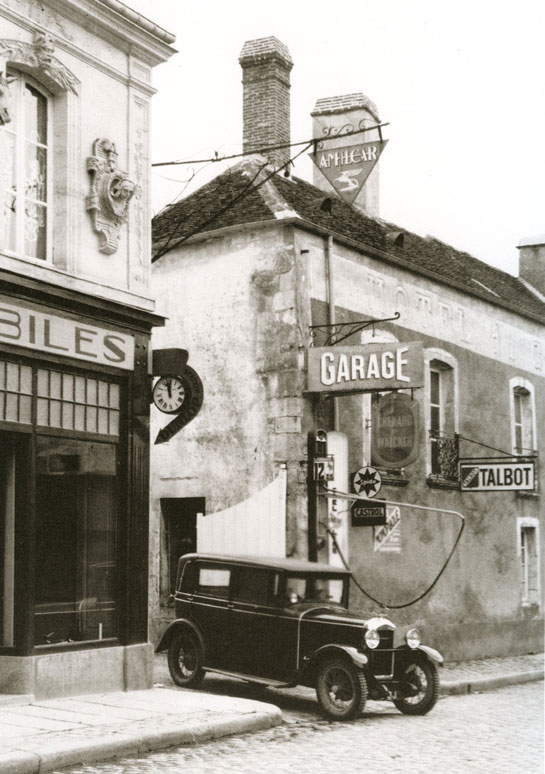
Contemporary photos such as this fill the pages of Fournier's book. This is an 'M' type of 1928, one of a series of small sedans produced by Amilcar.
It took French Amilcar enthusiast Gilles Fournier to pull the history of Amilcar together, first in a French edition published in 1994, and then ably translated by (and added to) David Burgess-Wise and published as a two volume set by Dalton Watson in 2006. Of the two volumes, one is the entire text in French, while the larger volume is in English and presents the illustrations. Glen Robb of the Amilcar Register had this to say about the book: “Fournier has compiled the history of Amilcar with both a romantic and accurate book. This is a serious book for those searching information and the only book worth having (to date).”
Fournier was addicted to Amilcars from an early age and was particularly smitten when he heard his first supercharged DOHC six cylinder Amilcar, an appreciation shared by A. J. Gregoire, who wrote of the Amilcar in his book Fifty Years of the Automobile, “I loved the exhaust noise. It was slightly less deep than Bugatti’s which rattled windows but so much better than the clickety, asthmatic Salmson.”
It takes that kind of enthusiasm to dig and research and find the material necessary for a proper book on what is admittedly a pretty obscure subject. For example, while the AQ article briefly mentioned the unique patented front brake mechanism used by Amilcar, Fournier devoted two pages with full detailed drawings of the hollow kingpin which carried a pushrod to operate the brakes.
Fournier’s comprehensive story makes it possible to conjure up the perfect Amilcar; y’know, late at night before bedtime, the stuff of dreams. Perhaps a short wheelbase CGSS, which stood for Chassis Grand Sport Surbaissé (lowered) with a 1075cc engine, with the Cozette aluminum head and a supercharger (but the two bearing crank won’t last long), making the engine good for around 55 hp. Or, perhaps Fournier guessed right about the last 59 GGSS’s were equipped with the M2 1244 cc engine and four speed transmission. The body, by Amilcar’s neighbor Charles Duval, of course, with an Eldridge cowl and a Point Bordino tail. Now that would be a tasty morsel to add to the collection and perhaps even to doddle about town, San Francisco not included.
Fournier decided to break up this marque history in a rather unorthodox manner; Part I relates the history of the company, from the days of Le Zebre cyclecar to the Hotchkiss years; Part 2 details the models, ranging from the first CC type to the Compound; Part 3 is a delightful look at the Amilcar racing cars and the official drivers up to 1929; Part 4 is Amilcar Abroad, including chapters on contemporary Amilcar activities in Great Britain, Switzerland, United States, Germany, Austria, The Netherlands, Belgium, Spain, Italy, and Australia. These accounts ad greatly to the narrative; such depth and width is rarely seen in other histories. The next Part features the racing history post 1929, when privateers campaigned the potent C6 cars throughout Europe. The Amilcar history at Brooklands—where they were raced every year from 1922 to 1939– is covered by a separate part with complete results by translator and British automotive historian David Burgess-Wise.
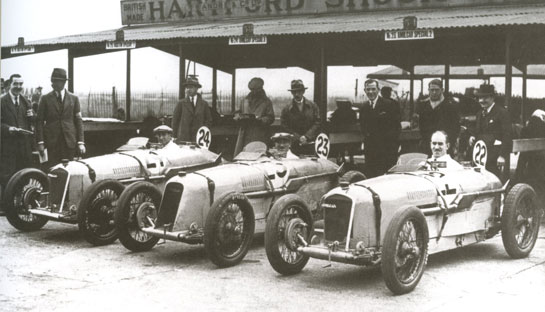
Brooklands, 1926. Amilcar finished 1-2-3 in the 200 Miles Race, 1100cc class. Vernon Balls, number 22, was a very successful importer and driver of Amilcars in Great Britain but failed to finish in this race.
If this wasn’t enough, Fournier closes the book with a section on the technical manuals, with drawings, cutaways and specs for every model including the race cars. And since unfortunately there are no addendums, tables, indexes, bibliographies or notes, we found that the “Technical Manual” section is particularly handy. This is the “just the facts, ma’am”, the name rank and serial numbers part of the book that is most often referred to, to wit and extremely abridged:
CC Type: 1921-1935; Four cylinder monobloc, 903cc cast in unit with the crankcase. 17 hp, Specs and performance figures, detailed drawings, serial numbers were 1-5000.
C4 Type, 1922-1924; Four cylinder, same as CC type but now at 1004cc and 22 hp. Serial numbers 5001 to 9950.
Etcetera. More than fifteen other models are described thusly in detail, covering each different version of the model itself.
If one is looking for information on Amilcar, the buck stops here. In the best Dalton Watson tradition, the large format layout is artfully rendered with 500 ads, drawings, documents, photos, and sidebars, making it a pleasure to engage the subject matter.
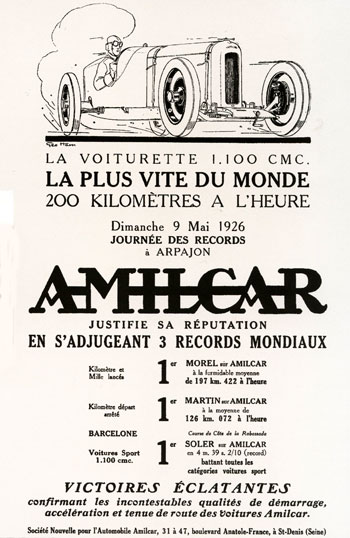
Aside from the index, bibliography, notes that we always harp on, missing is a full color section featuring properly restored Amilcars, with photographic details of the engines, interiors, body styles and running gear. For while the contemporary black and white images are for the most part superb, a current color portfolio would have been the topping on the cake. Fournier is reportedly working on another book about Amilcar (what else?) and may address that need with his next missive.
By the end of the book, it will be Amilcar Forever. If you haven’t fallen in love with the car before reading this book, you will be most properly smitten by the time you read Fournier’s epic yet thoroughly enjoyable work. For us, the Amilcar story provides new gems of engineering delights, new names, new technical details, new successes and failures. A pleasurable journey into the relatively unknown.
And if you act now, you can save $44 plus get free U.S. shipping when purchasing the Amilcar two volume set. But be prepared…you’ll soon be looking for that slightly used fully restored Chassis Grand Sport Surbaissé.
In the lead image above, Harry Clayton checks out his Amilcar Six in the Brooklands paddock in 1935.

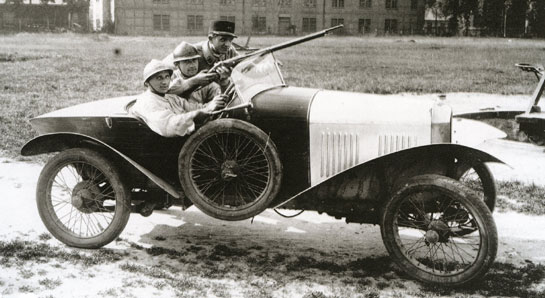
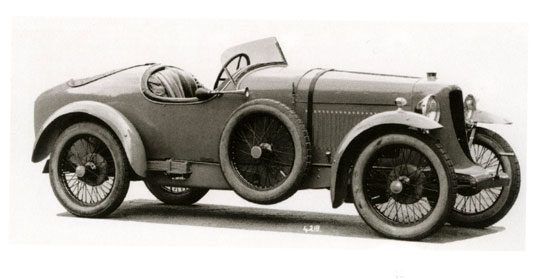
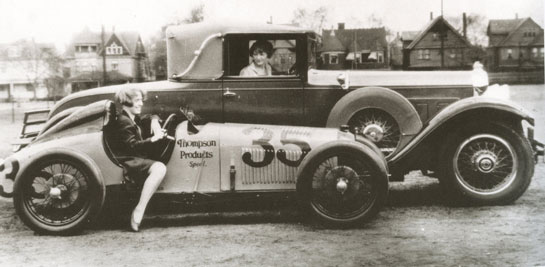
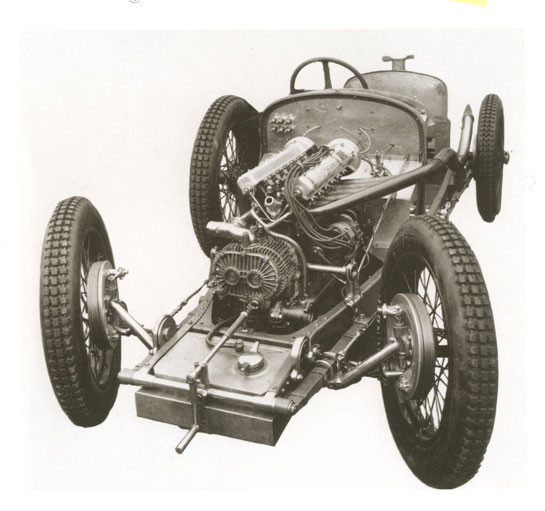
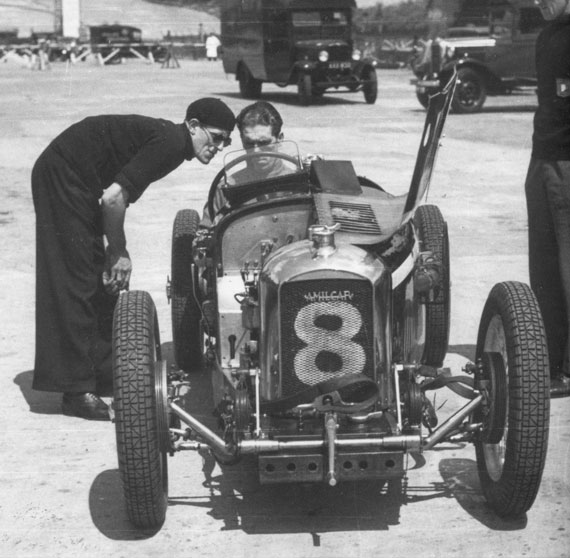
Do you mind if I quote a few of yyour posts as long as I provide credit and sources
back to your website? My blog is in the very same area of interest as yours
and myy users wwould certainly enefit ftom a lot of the
information you present here. Please let me know if this alright with you.
Thanks!
where can I buy the book……I swapped my copy for something else of great interst ad now must look for another copy.